I’m quite gobsmacked at the number of clear nights I’ve had this month. At least the four night gap since the last session has enabled me to catch up on some sleep 🙂
Despite a little bit of Moon, tonight’s sky was pretty much perfect. I’ve just noticed the humidity was down to 72%, a figure I’ve not seen since earlier in the year in April.
Session Stats
- Date: 30/09/2015
- Time: 19:54 – 22:33 UT
- Seeing: I Perfectly Stable,
- Transparency: I Extremely Clear,
- Temp:11.0c, Pressure: 1023mb,
- Humidity: 72%,
- Dew Point: 5.8 ,
- Wind: 5.0mph, SQM: ?
- NELM: ?
Uranus
I just love that Duck Egg Green. But apart from that not a lot.
IC1613
Not Seen. I’ve marked this for a re-observe for the next clear night.
NGC103, Collinder 1
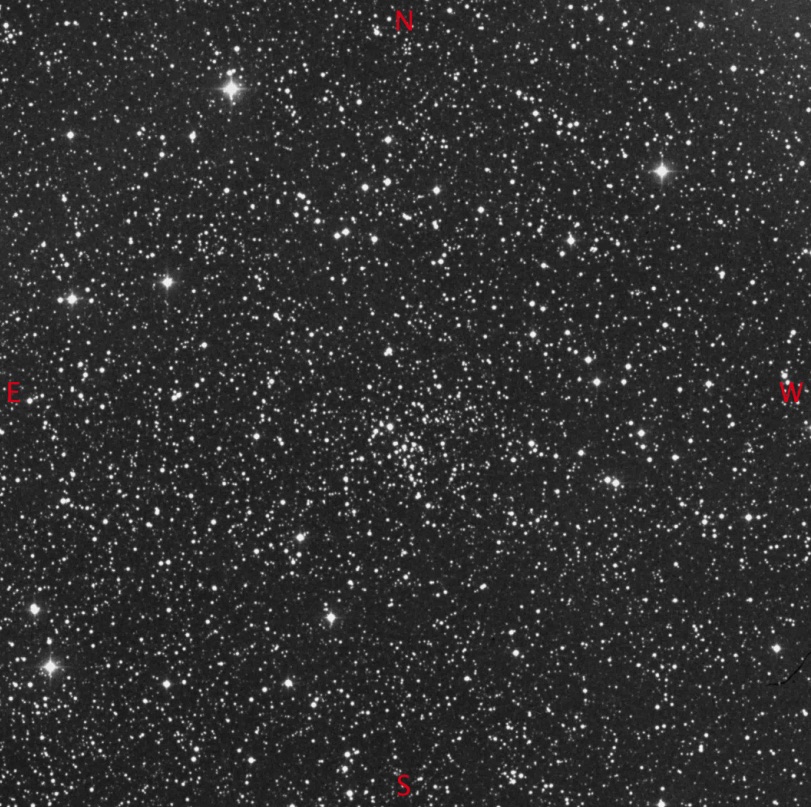
In the Altair 250mm f/8 RC, 14mm Delos, 145 X, 29.8′ West is to the 11 O’Clock.
The transparency must be locally crap on this one, as this smallish cluster is just buried in the murk…..Rubbish.
Need to try this again when conditions are better.
NGC637
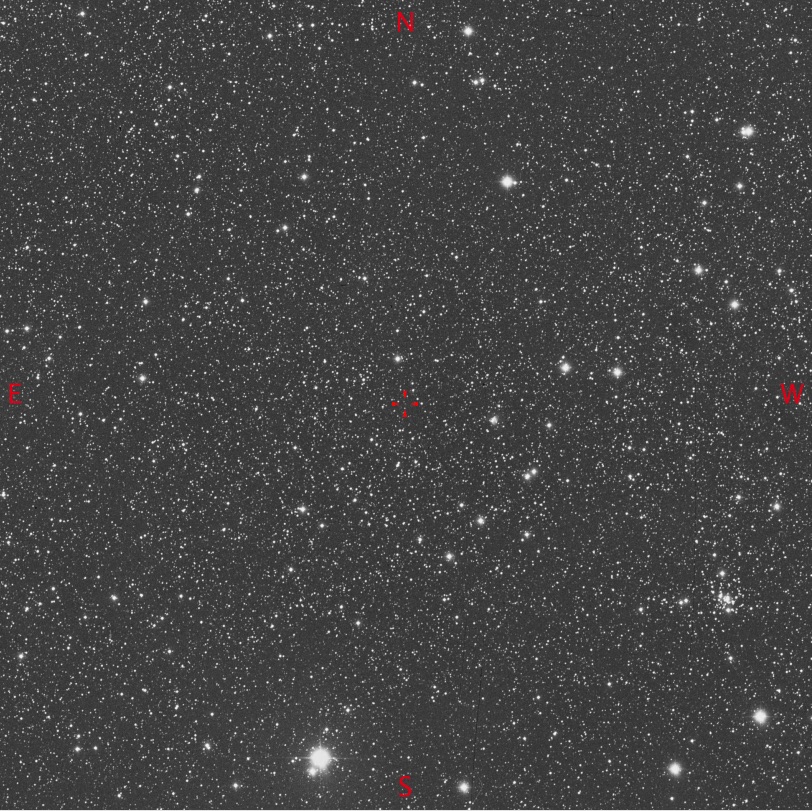
In the TMB 80 f/6, 26mm Plossl, 18 X, 2.8° West is to the 11 O’Clock.
With the Bright star HR511 to the East at the edge of the field, I can just make out the cluster with AV. The 3.4 mag star Segin is just at the edge of the FOV at the ESE.
In the Altair 250mm f/8 RC, 40mm Plossl, 51 X, 52′ The cluster is mage up of about 5 stars forming a flat ‘T” running E/W and range from 10.7 to 12.6 Mag.
In the Altair 250mm f/8 RC, 10mm Delos, 203 X, 21.3′, the cluster comprised of about 10 stars ranging from 10.7 to 14.2 mag. There appears to be other fainter ones, but I cannot resolve these. The whole caboodle is contained within about 3 arc/min
NGC609, Collinder 16
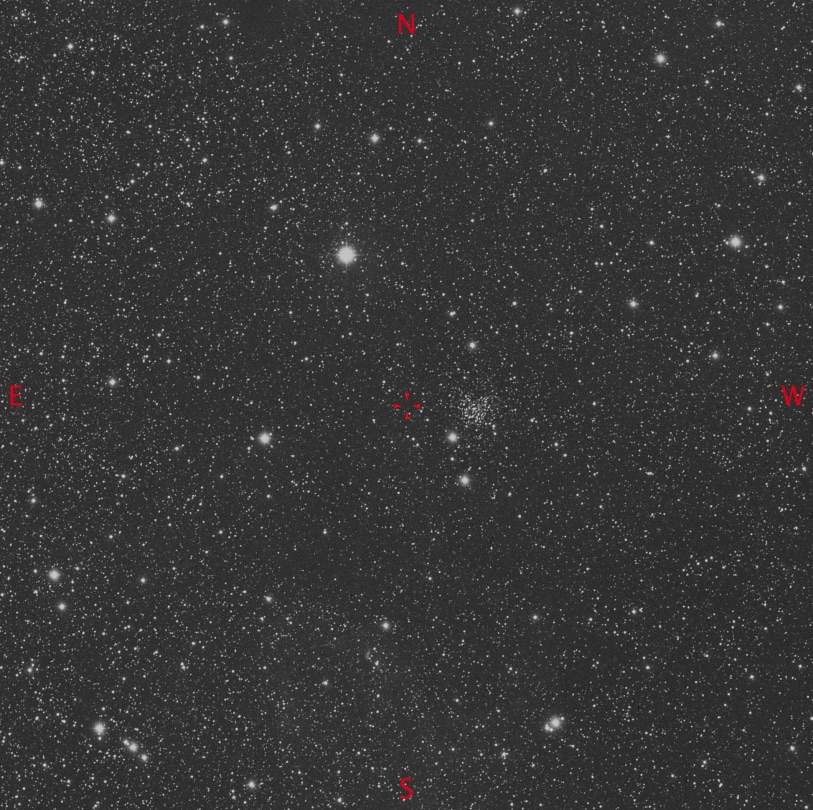
In the Altair 250mm f/8 RC, 10mm Delos, 203 X, 21.3′ West is to the 11 O’Clock
Surprisingly enough, this was a Not Found object. The two 11.8 and 8.3 stars to the SE of where the cluster should be were correctly identified. Looking at at the DSS image, I’m really surprised I could not see it. The stars that make it up were well within visible range.
I need to go back to this one again.
Lund101, OCL366, Harvard1, Trumpler 3, Collinder 36
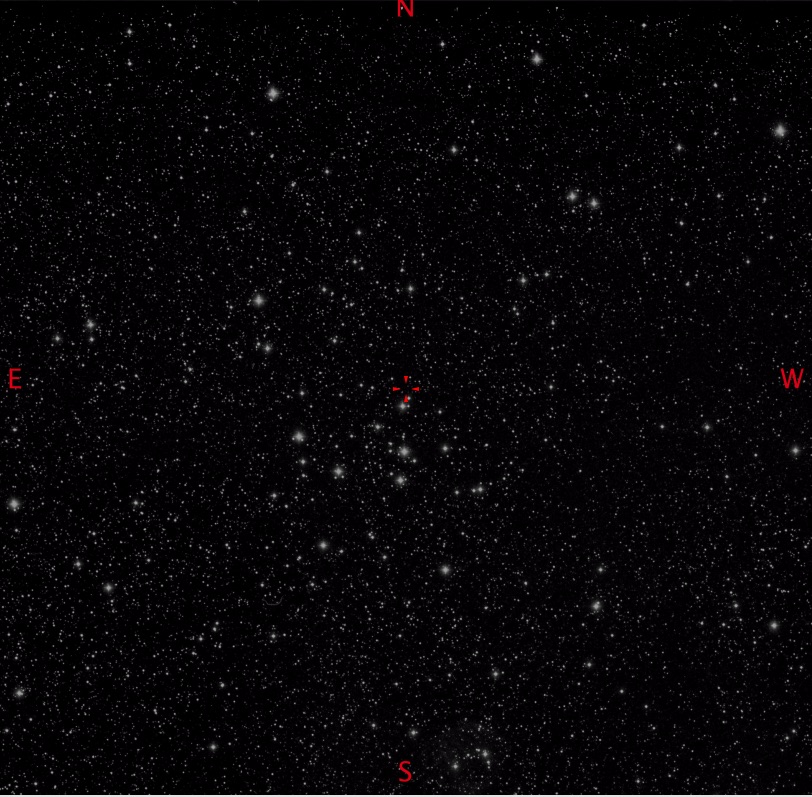
In the Altair 250mm f/8 RC, 40mm Plossl, 51 X, 52′ West is to the 11 O’Clock.
The bulk of the cluster is made up of about a dozen stars in the 9.0 mag range forming a rough triangle to the East of centre. The other fainter stars that are just resolvable – I didn’t count them – are in the 11.8 to 12 mag range.
In the Altair 250mm f/8 RC, 14mm Delos, 145 X, 29.8′ the whole cluster fits neatly within the FOV
IC1805
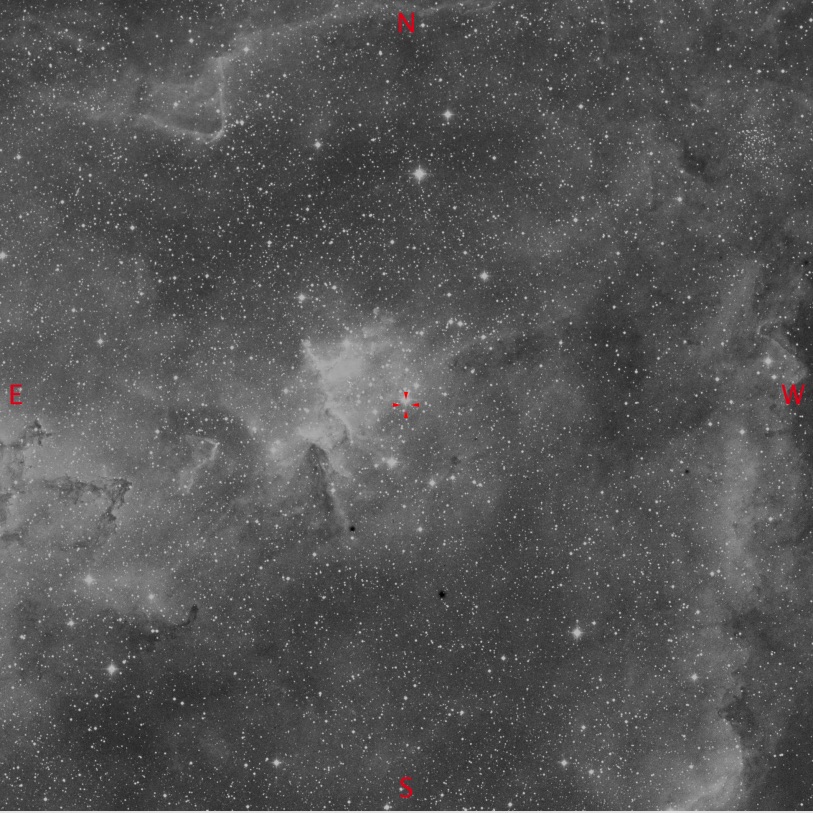
In the Altair 250mm f/8 RC, 40mm Plossl, 51 X, 52′ West is to the 11 O’Clock.
The first thing that strikes you about the view , is that you are looking at a number of stars that form the shape of an Ear!!!
There are 8 to 10 bright stars forming a triangle, the base of which is running E/W and the point to the North.
In the Altair 250mm f/8 RC, 14mm Delos, 145 X, 29.8′ the fainter stars are being resolved down on the 10.0 to 11.5 mag range. At the clusters centre is the star HD15558 at 7.9 mag.
NGC744
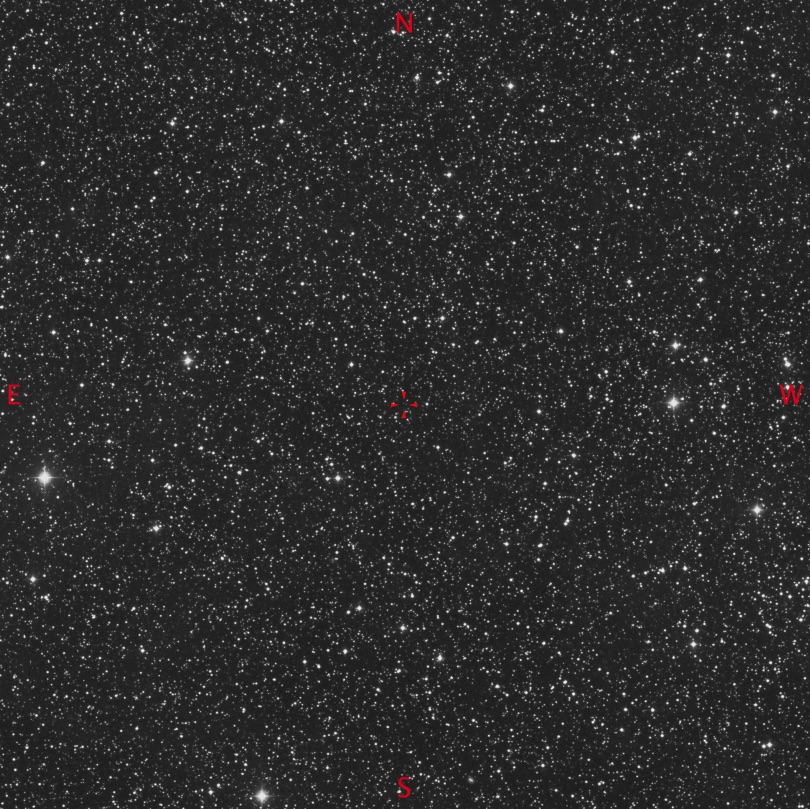
In the Altair 250mm f/8 RC, 14mm Delos, 145 X, 29.8′ West is to the 11 O’Clock.
The cluster is quite compact and fills about a 7 arc/min. It comprises of 10 brigher stars in the 10.5 to 11.0 mag range. & arc/min to the North is a solitary bright star of 8.1 mag.
There are two lines , each made up with about 4 or 5 stars that run parallel to each other in and E/W direction. Stare at this a little longer and the Northern line of stars now join with other fainter ones to form a very flat oval. Taking both lines now and it looks like you are staring at a short wide tube, 45 degree front on…..Interesting.
NGC6853, M27
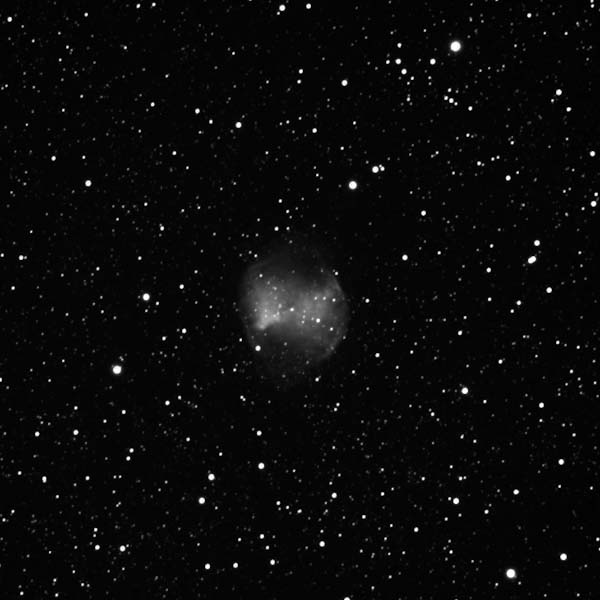
In the Altair 250mm f/8 RC, 14mm Delos, 145 X, 29.8′, West is to the 7 O’Clock
The Plantetary Nebula is about 8 arc/mins on its longest dimension.
You can clearly see the bite marks taken out of the East and Western edges, making it look just like an apple core. After a while the North lobe looks to be a little brighter than the the lobe opposite.
At the beginning of this month, all of this years observations were compressed into just 4 months. It looked like I might end this year having made fewer than last year.
The chart below shows how things were shaping up this year up until the end of August. Notice just the one observation made in the months between February and May, confirming that Spring this year was truly awful.
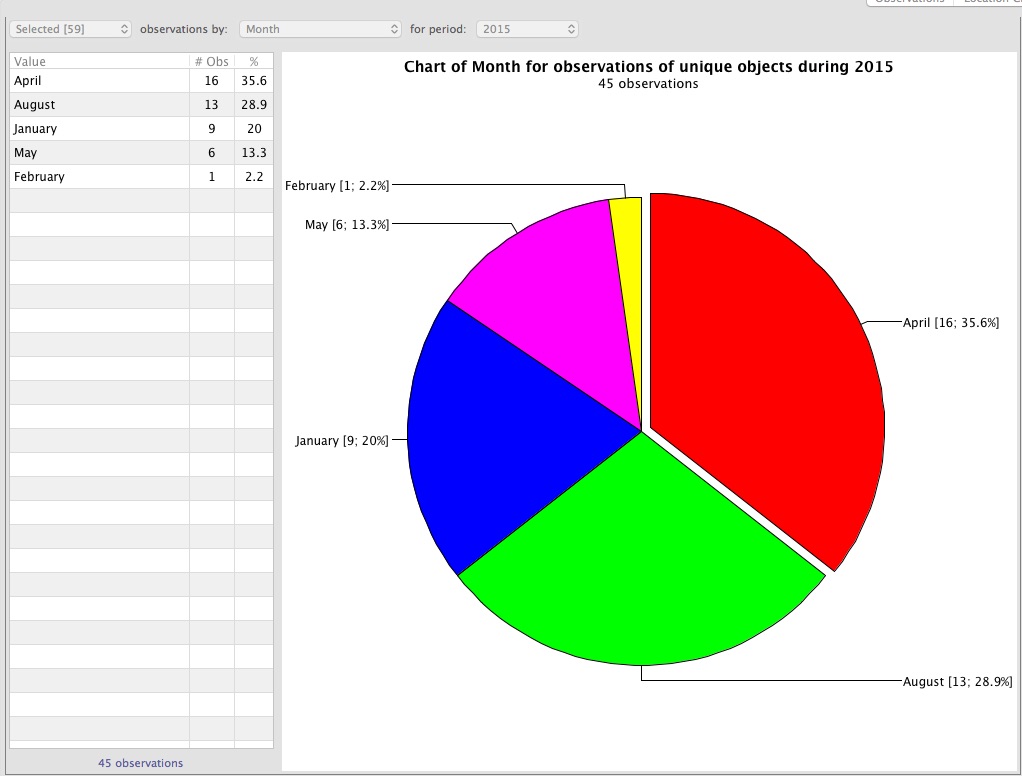
With this months observations, the pie chart is looking a lot healthier, with an almost 70% increase in observations for the year……..
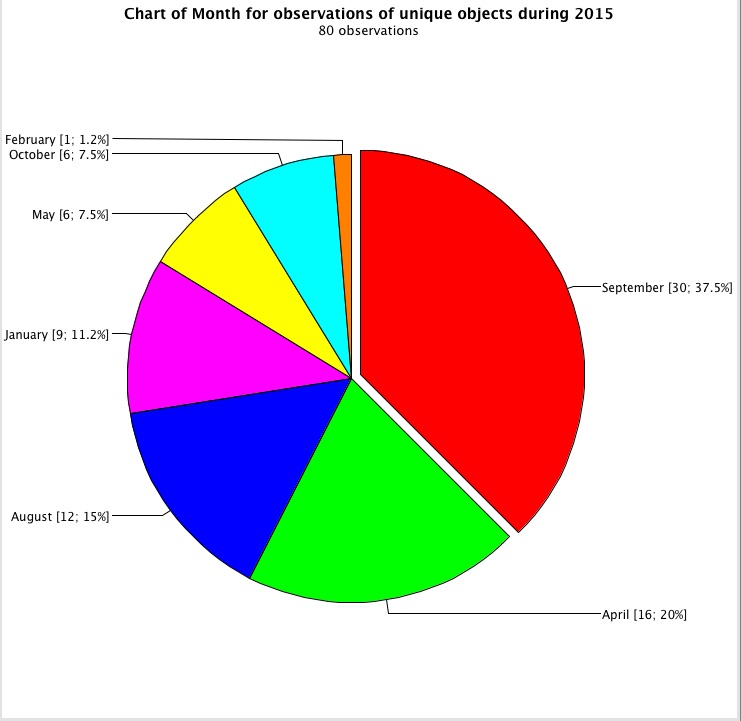
……..and I now overtake the number of observations made over the whole of 2014, shown in the chart below.
